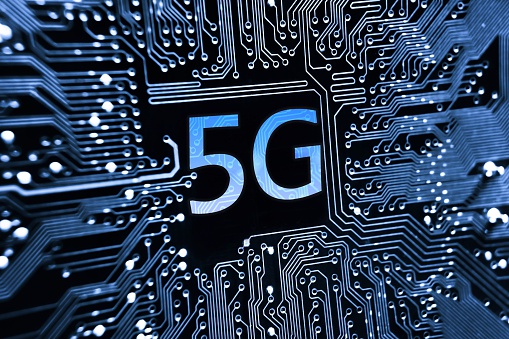With 5G networks gearing up for widespread use by 2021, many questions have recently arisen regarding things like spectrum allocations, infrastructure, and regulatory compliance by telecom giants like Verizon. With a main goal of 5G networks being the ability to reach download speeds of 10 Gbps, there is the issue of finally taking that giant leap in additional infrastructure. There’s also just how to address the growing necessity of releasing new spectrum bands in the 6GHZ to 100GHZ range. All these issues and more were heard by those attending the LTE and 5G World Summit Conferences in Amsterdam in June of 2015. Fast-forward to October 2016, and a WirelessWeek report that talks about Verizon’s response to the FCC’s Further Notice of Proposed Rulemaking that requested they quickly open higher-frequency spectrum ranges in the 28 GHZ to 40GHZ area, a frequency spectrum range that just became free this last summer.

Obstacles to the 5G Upgrade
There are two major obstacles to getting 5G implemented. One is that higher frequency signals will fade quicker, and are also more sensitive to certain physical obstructions. The other issue is that wireless experts aren’t all on the same page with the much shorter mmWave (millimeter waves) that fall between 30 and 300 GHZ being a part of 5G networks. According to IEEE Spectrum, certain telecom experts assert that the same technology used by mmWave will also work at lower frequencies. One possibility is the use of white space technology which can allow true 5G at lower frequency levels.
Why the Rush to 5G?
With all the hubbub and disparities regarding getting the 5G network off the ground, many are asking, “What’s the rush?” WirelessWeek speaks of the amount of confusion involved in the run-up to 5G, and also asks the question, “What can 5G do that 4G can’t?” To quote from their October 5, 2016, article, “5G – What’s the Rush?”: “And while 5G will offer speed and capacity enhancements, it will do so not by the usual increasingly efficient modulation schemes, but rather by standardizing heterogeneous cellular, multi-band spectrum multiplexing, bundling licensed and unlicensed spectrum, introducing long-range low-power features.” Well, that’s a mouthful, though a necessary one in understanding the multi-various aspects of 5G networking and technology requirements.
The Hype vs. the Eagerness
What we are seeing with the hype and eagerness involved with 5G is a frenzy of ballyhoo, where you have technology and service carriers pushing hard for 5G implementation, as they are to be the end customers when 5G gets the green flag. This is designed to push the market for 5G faster than it would normally go, which is why it seems we have all the stop-go hype surrounding it. With all that, and the continuing see-saw of “It should be done…it can’t be done” happening, it still appears that with the IoT possibilities and a global telecommunications web that will be ready for it, 2021 will remain as the putative global launch date of 5G, with some localized regions getting the first tastes of it prior to that date.
Have Questions About 5G Networking?
If you have questions regarding 5G networking, Onserve is a proven leader in providing business telephony and telecom support in Eastern Ontario. Contact one of our IT experts at (877) 996-6622 or send us an email at sales@onserve.ca today, and we can help you with all your questions or needs.



